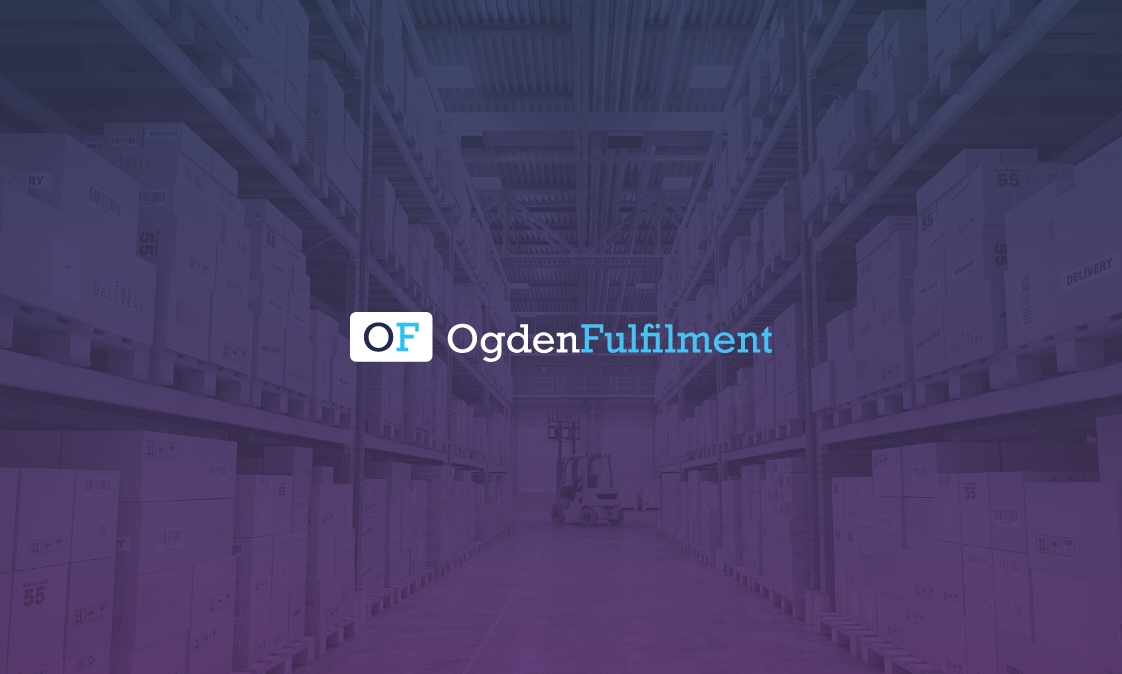FOMO Marketing: 7 Tactics to Increase Sales
03/05/2020 | Share:
Fear of missing out, or FOMO, is a widely used marketing tactic to develop a sense of urgency. It attempts to push people into making a purchase, where they perhaps wouldn’t have done. Many e-commerce sites use this strategy to increase sales and we’re going to cover some you can use on your own e-commerce site.
User-Generated Content
One of the most effective forms of marketing is word of mouth. If someone else is talking about your product, it shows that it has provided value. As a result, if someone else has tried and tested it, people are more likely to buy it as well. They’ll see the value and realise that they’re missing out.
Find ways to promote evidence of people using your product. This could be on your website or even through social media. If you’re struggling to find user-generated content (UGC), you can search for bloggers or social media influencers to review some of your products.
Testimonials
Much like the FOMO that UGC provides, testimonials are another method of proving value and generating a feeling of missing out. If your product has resolved a customer’s problem effectively or changed their life, someone in a similar situation is going to want in on that too.
Try to encourage testimonials or reviews from customers so that you can use them in the future. Share them on your website or on social media.
Limited time offers
Creating an offer is a tried and tested way of increasing sales. Of course, more people are likely to buy if they have to part with less cash! However, if you add a sense of urgency by placing a time limit on that offer, it will increase pressure on the potential customer. They’ll consider buying within the time limit, rather than at some point in the future – during which time they may have come across another product or solution.
Pop-ups with limited offer
For some people, getting a product at the lowest price possible is the most important thing to them. To others, it’s about quality, reliability, delivery flexibility etc. These people may be more than willing to pay full price. So how do you catch the people who aren’t, without losing out on this extra income?
One way is to present a limited time offer to people who are leaving the product page or abandoning their cart. Certain website tools allow you to create exit-intent popups. These pop-ups can provide a limited time code which will encourage them to continue with their purchase and make it as quick as possible!
Limited free shipping
It may not come as a surprise that an offer of free shipping increases the average order value when compared to paying for shipping on top of an order. Many businesses use this as a USP in fact! If you’re not already using free shipping as standard, perhaps you could use this for a limited time, so people take advantage of it whilst they can.
Limited stock
If limited pricing is not an option or simply not working, you can create FOMO another way – by making the stock limited. Whether you’re genuinely low or not, the idea that your product may never be available again means it’s your customer’s last chance to buy.
Missed opportunities
Once the stock really has gone, you want to let people know what they’ve missed, so that they don’t let it happen again. It shows that your products are popular and that they missed out the first time around.
Pulling it all together
To have the maximum impact with your FOMO marketing, we recommend using a mixture of these tactics. For example, if you’re always telling customers there’s limited stock, people may feel they can’t rely on you when they need it. Mixing things up keeps things fresh and prevents people from catching on to your tactics. Once they realise what you’re trying to do, FOMO may not have the same effect.






